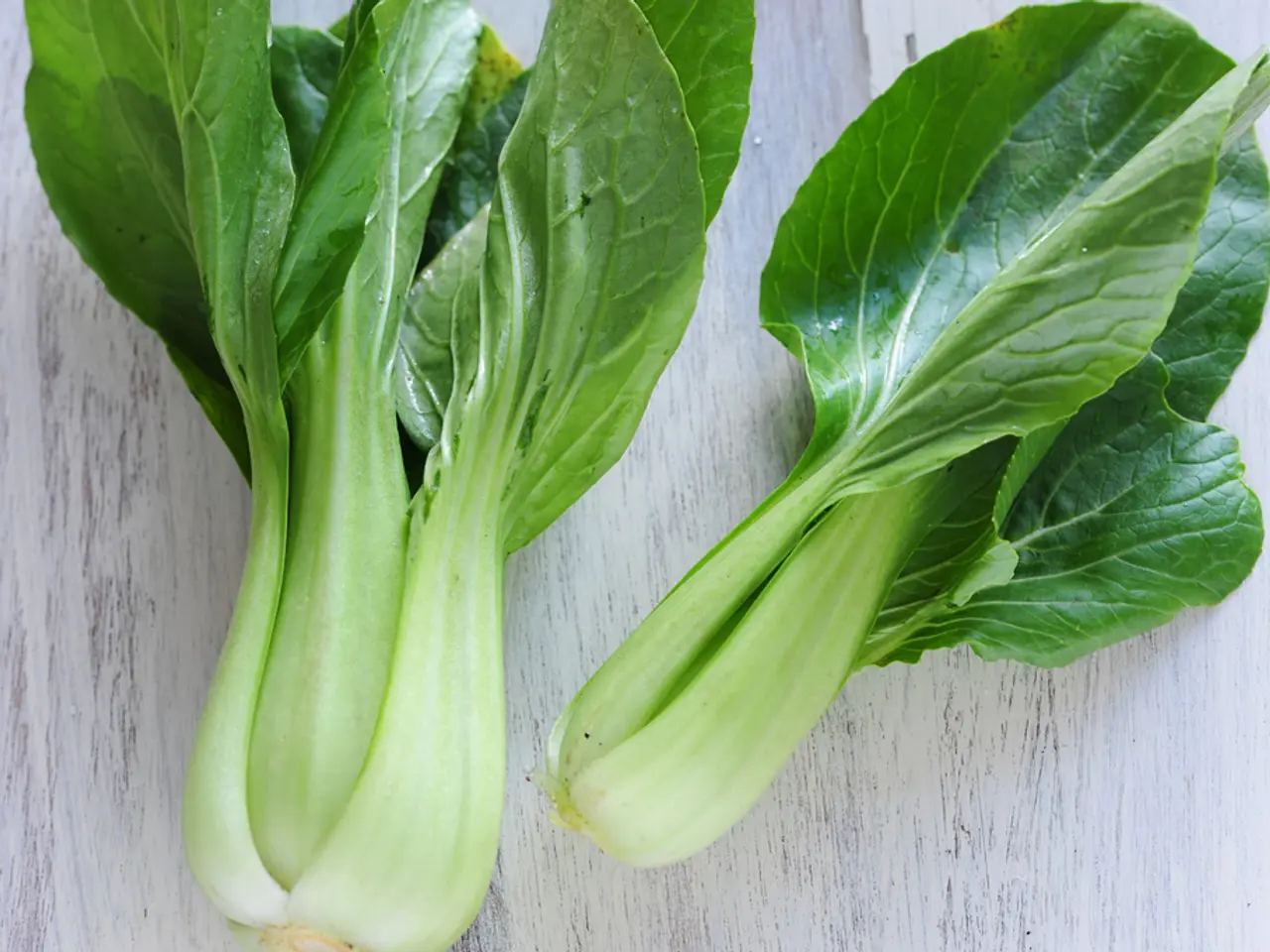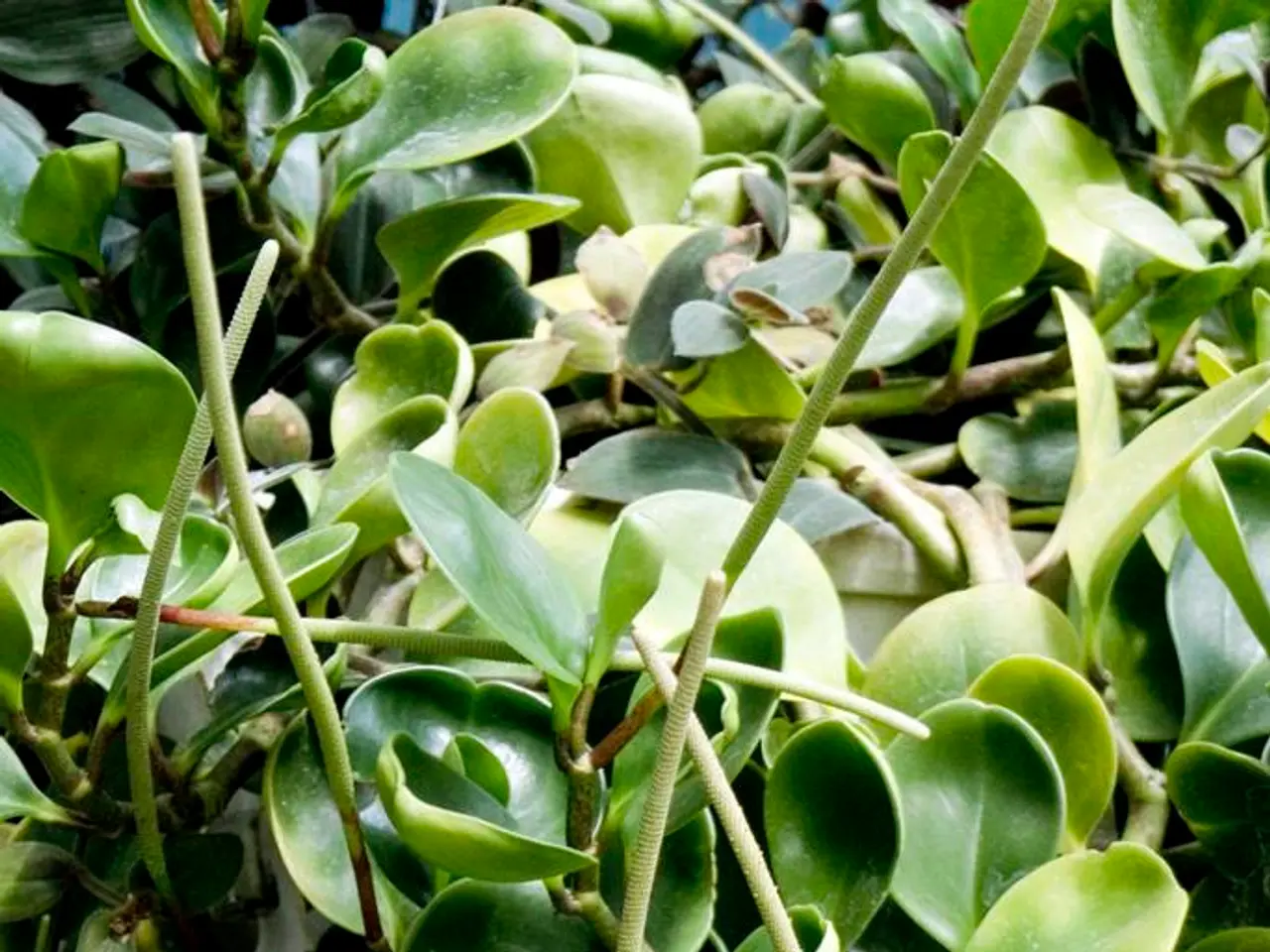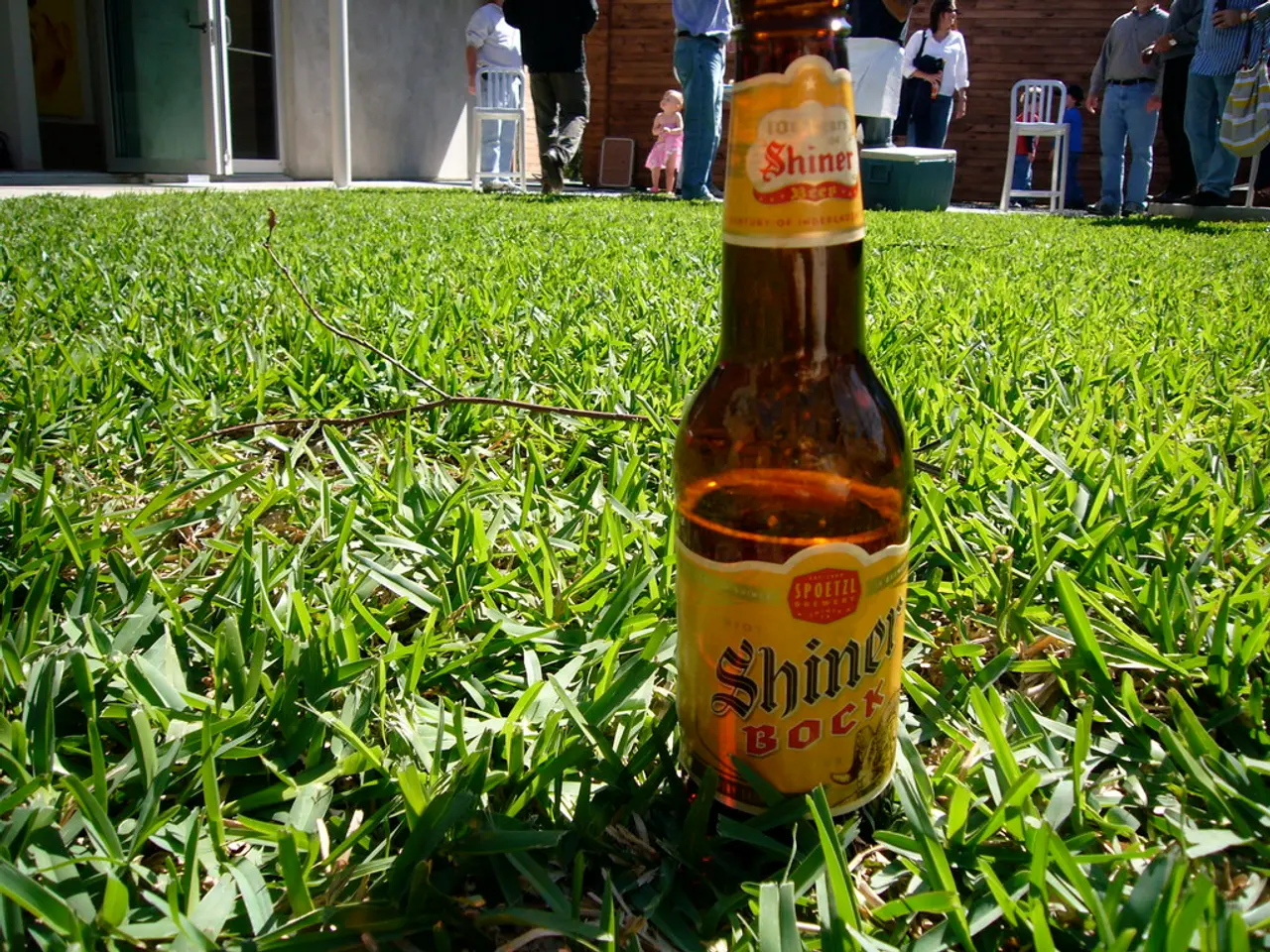Every Midwest Gardener Faces These Ten Challenges:
In the heartland of America, weekend gardening has taken on a new level of importance as weekday evenings offer increasingly limited time for harvesting, cleanup, and fall planting. Midwest gardeners face rapidly shortening days during the fall, making after-work garden time a precious commodity.
However, the challenges faced by Midwest gardeners are not insurmountable. Those who thrive develop flexible approaches, learn from setbacks, and celebrate the resilience of plants that withstand the region's challenging conditions.
The common challenges faced by Midwest gardeners primarily stem from climate and weather extremes, soil conditions, and pests. Experienced gardeners adapt their practices to manage these effectively.
One such adaptation is early transplantation before the peak summer heat. Midwest summers can become very hot, causing stress to perennials when transplanted. By transplanting plants like coneflowers, yarrow, and black-eyed Susans early in the season, gardeners can avoid overstressing the plants.
Another challenge is the rapid changes in temperature. Gardeners often face days where the temperature soars and then plummets, requiring them to shade plants during hot days and air out living spaces on cooler nights to maintain plant and home health.
Pests and wildlife also pose a threat. Although less specific to the Midwest alone, deer and slugs are common garden pests in certain areas. Gardeners learn to protect plants using physical barriers or targeted treatments as part of their adaptation strategies.
Weather events, such as wind and hailstorms, can also harm crops. Preparing for such events by strengthening plant supports and choosing resilient varieties is common practice among Midwest gardeners.
Soil health and sustainability are also crucial concerns. Soil quality can be a challenge in row crop agriculture typical of the Midwest. Initiatives like the Midwest Row Crop Collaborative emphasize regenerative agriculture to improve soil health and sustainability, which benefits gardeners by promoting long-term productivity and environmental protection.
In summary, Midwest gardeners adapt by timing their planting to avoid heat stress, protecting against pests and harsh weather, managing microclimates around their homes, and embracing soil health practices. Sharing and dividing plants with friends also helps spread gardeners' risk and increases resilience in their gardens.
Creative water management becomes a focus for experienced Midwest gardeners. Rain barrels and mulching are common strategies to conserve water and reduce evaporation.
The Midwest gardening community shares local knowledge and tips specific to their region's conditions and challenges. Strategic placement of strongly scented plants like lavender, catmint, and Russian sage around garden perimeters creates natural boundaries that many deer prefer to avoid.
Midwest gardening demands thinking in four distinct seasons, each with its own challenges and opportunities. Suburban and rural Midwest gardeners contend with deer that treat their gardens as an all-you-can-eat buffet. Cold frames, hoop houses, and other season extension tools become essential for maximizing the Midwest growing season.
Success in Midwest gardening ultimately comes from embracing its realities rather than fighting them. Midwest gardeners become accustomed to weather whiplash throughout the growing season, with temperature fluctuations of 30-40 degrees within 24 hours. August often brings dry conditions that test Midwest gardens and gardeners' resolve.
Dedicated Midwest gardeners adopt headlamp gardening as a fall survival strategy. Many gardeners prioritize which tasks must be done in daylight and which can be managed with artificial light to maximize productivity during the season.
Sources: [1] Midwest Living, "5 Tips for Transplanting Perennials," [URL] [2] The Spruce, "How to Keep Deer Out of Your Garden," [URL] [3] Midwest Row Crop Collaborative, "Regenerative Agriculture," [URL] [4] The Old Farmer's Almanac, "Gardening in the Midwest," [URL]
In light of the precious time constraint for gardening during weekdays, Midwest gardeners aim to optimize their lifestyle by adopting strategic approaches, such as early transplantation and creative water management, to better accommodate their home-and-garden needs. Moreover, they implement various adaptation strategies, like protecting plants from pests, managing microclimates, and enhancing soil health, to thrive in the region's challenging conditions.




